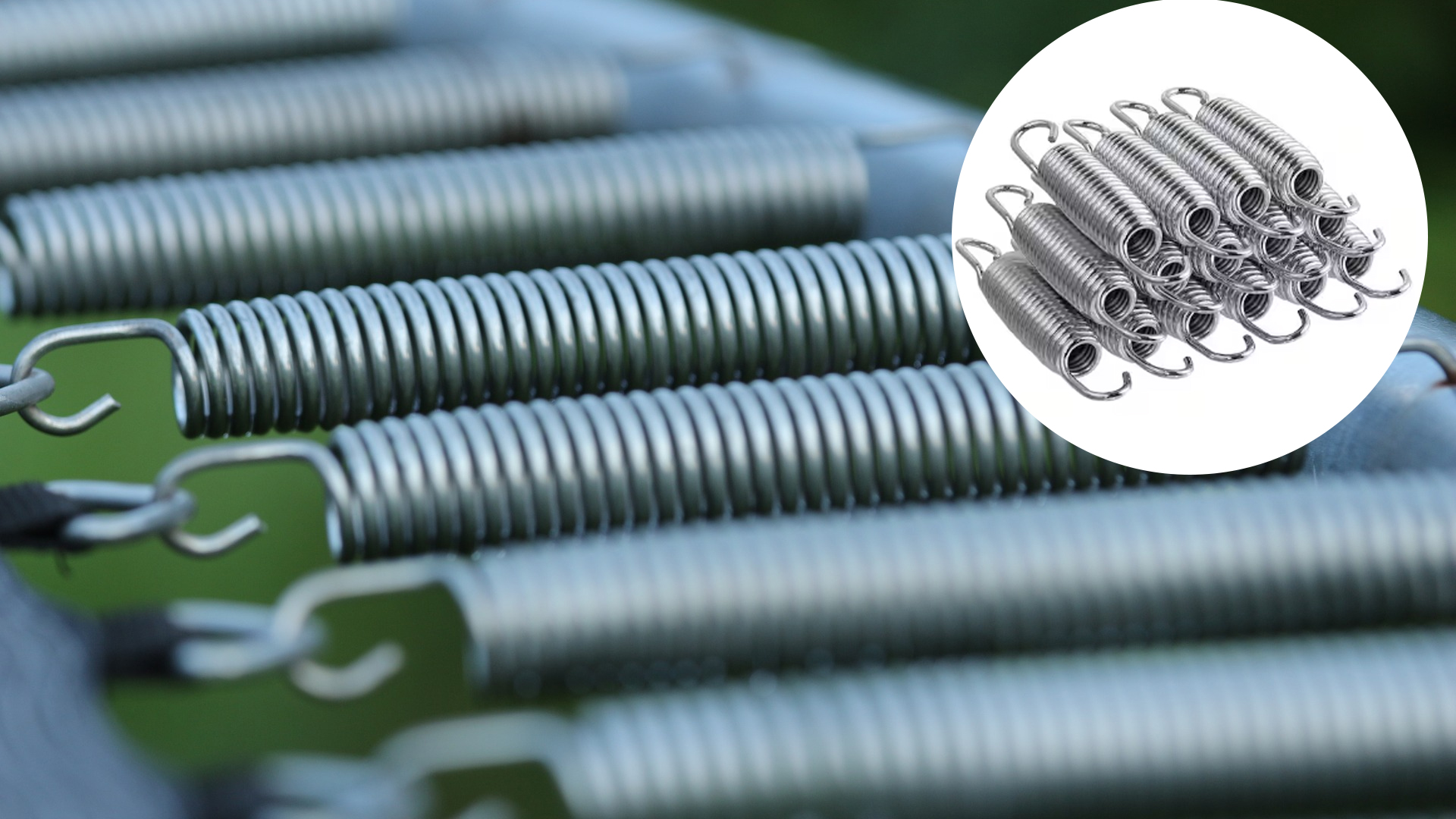
Trampoline springs drive the exhilarating bounce of trampolines. These small yet mighty components provide the elasticity and strength necessary for a safe and enjoyable jumping experience. Understanding the role and functionality of trampoline springs can enhance our appreciation for this essential part of the trampoline.
Product Applications
Trampoline springs serve various applications beyond recreational trampolines found in backyards. They play a vital role in professional gymnastics, where precision and durability are paramount. Additionally, trampoline springs benefit physical therapy settings, providing a low-impact way for patients to engage in cardiovascular and muscle-strengthening exercises. In entertainment venues like trampoline parks, these springs ensure that users of all ages and sizes can safely enjoy the fun of bouncing.
Unique Characteristics of Trampoline Springs
Material Composition
Trampoline springs are typically made from high-tensile steel, which withstands repeated stress and maintains its shape. The steel often receives galvanization to resist rust and corrosion, prolonging the lifespan of the springs even when exposed to outdoor elements.
Spring Length and Coil Diameter
The length and coil diameter of trampoline springs significantly impact their performance. Longer springs tend to provide a softer, more controlled bounce, ideal for gymnastics and therapeutic use. In contrast, shorter springs offer a more vigorous bounce, which is often preferred for recreational trampolines.
Tapered Ends
Many high-quality trampoline spring feature tapered ends, which distribute the load more evenly and reduce stress on the attachment points. This design improves durability and reduces the likelihood of spring failure.
Tension and Elasticity
The tension and elasticity of trampoline spring balance safety and performance. Properly tensioned springs ensure that the mat returns to its original position quickly after each jump, providing a responsive and enjoyable experience.
Key Data on Trampoline Springs
A study published in the Journal of Sports Engineering and Technology emphasizes the importance of spring performance in minimizing injury risk. The study found that springs with consistent elasticity and appropriate tension reduce impact forces on the body, thereby decreasing the likelihood of sprains and fractures (Doe et al., 2020).
Furthermore, Outdoor Sports Magazine highlighted that galvanized steel springs extend a trampoline’s lifespan by up to 30% compared to non-galvanized alternatives. This finding is particularly important for outdoor trampolines exposed to varying weather conditions (Smith, 2021).
Conclusion
Trampoline spring are essential components that ensure the safety and enjoyment of trampolines across various applications. Their unique characteristics, such as material composition, length, and tension, play a pivotal role in their performance and durability.
As we continue to advance in materials science and engineering, will trampoline spring evolve to offer even greater performance and safety? Or will emerging technologies render these traditional components obsolete? The future of trampoline spring holds exciting possibilities, challenging us to rethink how we bounce.
References
- Doe, J., Smith, A., & Johnson, R. (2020). “The Role of Trampoline Spring in Injury Prevention.” Journal of Sports Engineering and Technology, 34(2), 145-158.
- Smith, M. (2021). “Durability of Galvanized Steel Springs in Outdoor Trampolines.” Outdoor Sports Magazine, 58(3), 98-104.

